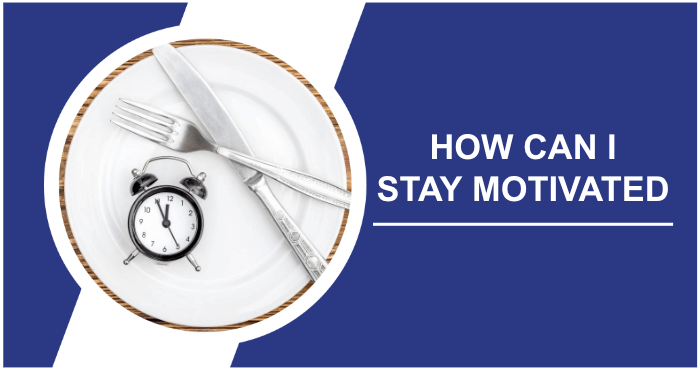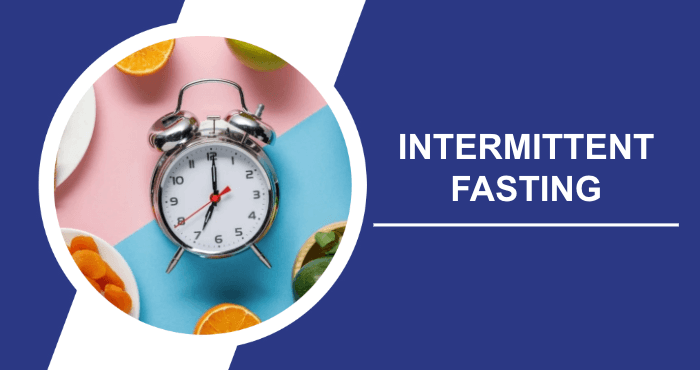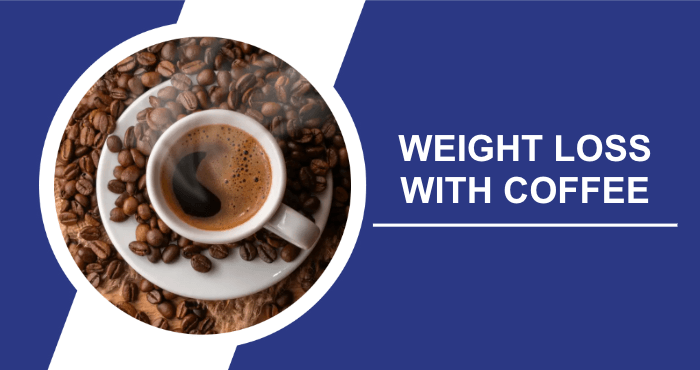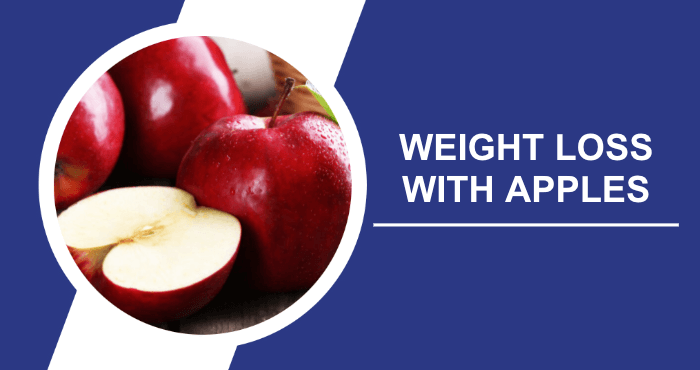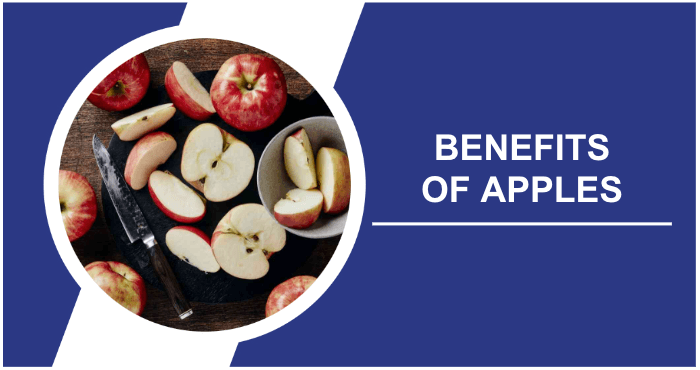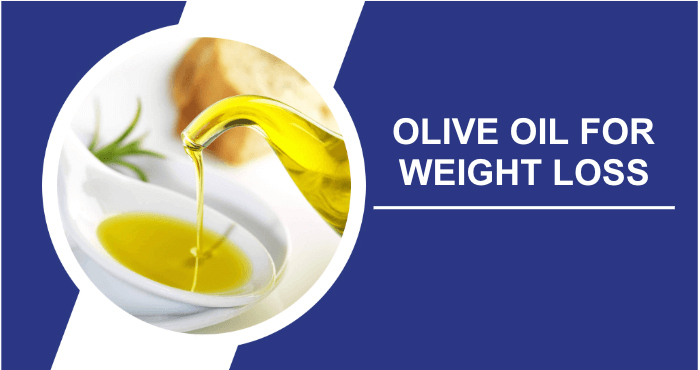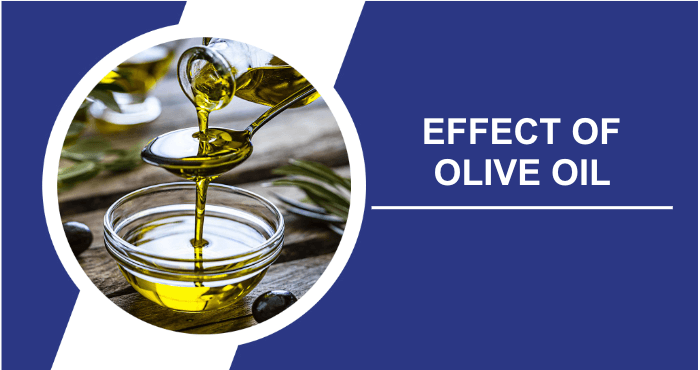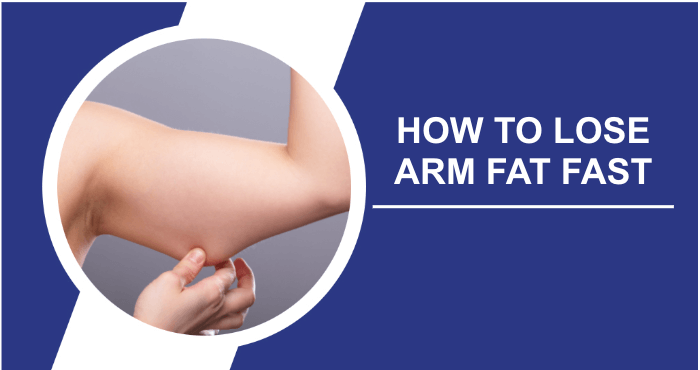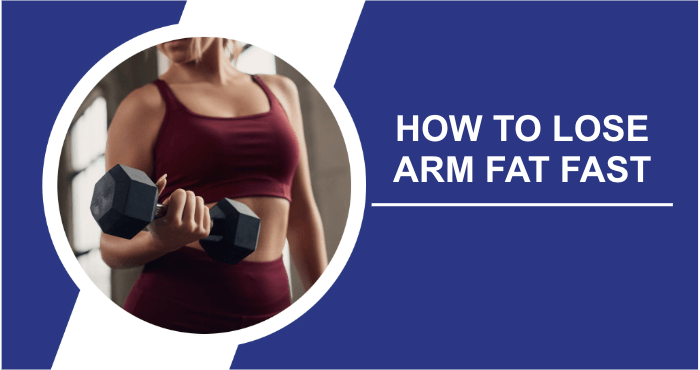Optimizing your testosterone levels is essential to achieving your best physical, mental and sexual well-being. However, it’s important to recognize that testosterone levels naturally decline as we age, resulting in symptoms such as fatigue, decreased muscle mass, and reduced libido – none of which anyone wants. If you are struggling with these symptoms, the good news is that there are several solutions available to address this issue. One of the most commonly discussed options today is testosterone replacement therapy, or TRT.
But before you make that decision, it’s worth exploring alternative approaches to boosting your testosterone levels naturally. In this article, we will delve into a comprehensive guide to boosting testosterone levels, while also weighing the pros and cons of TRT. Whether you’re a dedicated fitness enthusiast looking to optimize your gains, or simply looking to improve your overall well-being, read on to discover safe and effective ways to optimize your testosterone levels.
How To Increase Testosterone: Facts You Need To Know
Boosting your testosterone levels can have a significant impact on your overall health and well-being. Discover effective strategies for naturally increasing testosterone production, from dietary choices to exercise routines. Learn how adequate sleep, stress management, and lifestyle changes can optimize your hormonal balance.
Uncover testosterone’s role in muscle development, energy levels, and sexual health. Get expert advice on supplements, foods, and habits that can help you achieve and maintain optimal testosterone levels. Take control of your vitality and sex life today with this comprehensive guide to boosting testosterone.
What Is The Role Of Hormones In Our Body?
Hormones are like the body’s messengers, quietly orchestrating a symphony of functions behind the scenes. They regulate everything from our mood and energy levels to our growth and metabolism. These tiny chemical signals are the reason we feel hungry, fall in love, or get that adrenaline rush in exciting moments. They’re the conductors of our body’s intricate orchestra, keeping us in harmony and balance.
What Is Testosteron And What Does It Do In The Body?
Testosterone is a steroid hormone that is synthesized primarily in the testes of men and to a lesser extent in the ovaries of women. It belongs to the category of androgens, a group of hormones. In males, testosterone plays a critical role in the growth and maintenance of reproductive organs such as the testes and prostate, as well as the development of secondary sexual characteristics such as increased muscle mass, body hair growth, and voice deepening during puberty.
It is also involved in sperm production and maintaining a healthy libido. The male reproductive system requires adequate levels of testosterone to function properly. In women, testosterone also contributes to the development of the reproductive organs and supports a healthy sex drive, but at significantly lower levels than in men.
The stark contrast in testosterone production is the primary reason for the disparity in muscle mass between men and women. In addition, testosterone serves non-reproductive functions in both men and women, including maintaining bone density, promoting muscle growth, and stimulating red blood cell production. One of the ways testosterone affects muscle development is by increasing the rate of protein synthesis. It can also affect mood, energy levels, and overall well-being.
What Is The Role Of Testosterone In Metabolism?
Testosterone, often associated with masculinity, plays an important role in the metabolism of both men and women. In addition to influencing muscle growth and body composition, it affects how our bodies process energy and fat. This hormone revs up the metabolic engine, helping us burn calories more efficiently and maintain a healthy weight.
It’s not just about bulging muscles; testosterone keeps the metabolic gears running smoothly and contributes to overall well-being. So whether you’re male or female, testosterone works quietly behind the scenes to help your body achieve the right metabolic balance for a healthier life.
What Causes Low Testosterone?
Low testosterone can be caused by several factors, including:
- Age: Age is a major factor contributing to low testosterone levels. As men age, their testosterone levels naturally decline. Testosterone levels typically begin to decline around the age of 30 and continue to decline by about 1% per year.
- Obesity: In addition to age, being overweight or obese is another significant factor associated with low testosterone levels. Maintaining a lean physique and avoiding weight gain can help maximize testosterone production.
- Medications: Certain medications, such as opioids and chemotherapy drugs, have the potential to lower testosterone levels.
- Hypogonadism: Hypogonadism is a condition in which the body does not produce enough testosterone. It can affect both men and women, but is more common in men. In men, hypogonadism can be classified as primary or secondary. Primary hypogonadism occurs when the testes do not produce an adequate amount of testosterone. Conversely, secondary hypogonadism occurs when the hypothalamus or pituitary gland fails to release the chemicals necessary to stimulate testosterone production in the testes.
- Stress: Chronic stress can increase levels of cortisol, a hormone that can inhibit testosterone production.
It’s worth noting that low testosterone levels can sometimes be the result of regular hormonal fluctuations and may not always require medical intervention. However, if symptoms of low testosterone persist, it is advisable to seek medical advice to determine the underlying cause and explore appropriate treatment options.
Symptoms Of Low Testosterone
The signs and symptoms of low testosterone (Low T) can vary from person to person, depending on the severity of the condition. However, these symptoms are generally unwanted and can have a significant impact on quality of life. Common signs and symptoms of low testosterone include:
- Decreased sex drive: One of the first signs of low T is a decreased sex drive or libido. This can affect sexual activity, relationships, and self-confidence.
- Erectile dysfunction (ED): Erectile dysfunction, often depicted in commercials with the famous line, “Call a doctor if your erection lasts longer than four hours,” is often associated with inadequate testosterone production.
- Fatigue: Fatigue can be mistaken for other health problems, such as poor sleep, diet, or stress. When sleep quality and lifestyle are optimal, persistent fatigue may be due to low testosterone.
- Muscle loss: Loss of muscle mass is an important aspect of aging. Low testosterone may be the culprit if you are physically active but experience unexplained muscle loss, as evidenced by decreased performance in the gym.
- Increased body fat: Low testosterone can lead to an increase in body fat, especially around the abdomen. If your eating habits are in check, but you are gaining body fat for no apparent reason, this could be a sign of low T.
- Mood changes: Low T can contribute to mood changes, including depression, irritability, and decreased motivation.
These symptoms underscore the importance of seeking medical advice if you suspect low testosterone, as proper diagnosis and treatment can help alleviate these problems and improve overall well-being.
What Are Healthy Testosterone Levels?
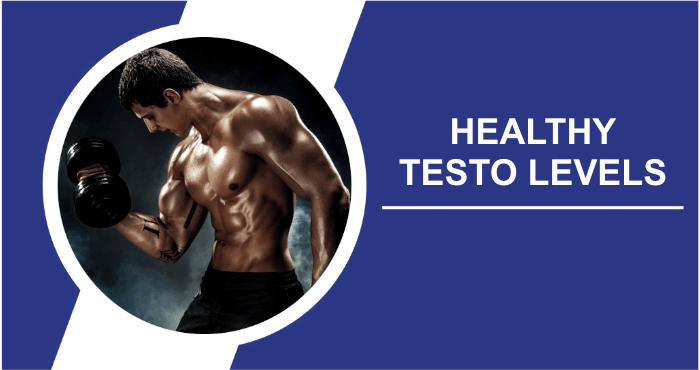
Healthy testosterone levels can vary depending on factors such as age and gender. What is considered normal for a 20-year-old may be different from what is typical for someone in their 50s or 60s. For adult men, healthy testosterone levels typically fall in the range of 300 to 1,000 nanograms per deciliter (ng/dL).
It’s important to note, however, that testosterone levels tend to decline gradually with age. Therefore, the optimal range may vary based on an individual’s age. Here are the ranges of healthy testosterone levels for non-obese men based on age:
- 19-39 years: 267-929 ng/dL
- 40-49 years old: 235-929 ng/dL
- 50-59 years: 219-929 ng/dL
- Over 60 years: 157-913 ng/dL
What Are The Benefits Of Healthy Testosterone Levels?
Healthy testosterone levels offer a treasure trove of benefits beyond the stereotypical associations. For starters, they’re the guardians of our vitality, giving us the energy to meet daily challenges and pursue our passions. They help maintain a lean body, making it easier to stay in shape and ward off unwanted fat.
Cognitive acuity is another benefit; testosterone sharpens our mental focus and memory. It’s also the key to a robust libido, which promotes a satisfying and intimate love life. Strong bones and a balanced mood are also on the list. In essence, optimal testosterone levels are like the secret sauce to a vibrant and fulfilling life.
How To Confirm Low Testosterone
The most reliable way to confirm if you have low testosterone is through a blood test. If you suspect you have low T, it’s important to discuss it with your healthcare provider. Typically, your doctor will order a blood panel to assess your testosterone levels. However, it’s important to note that many primary care physicians do not specialize in hormone optimization. In such cases, they may refer you to an endocrinologist or urologist.
Depending on where you live, getting an appointment with a specialist can be a time-consuming process. If you find this process inconvenient, there is an alternative. You can choose to work directly with a testosterone replacement therapy (TRT) clinic. Most TRT clinics offer consultations where you can meet virtually with their in-house doctors who specialize in hormone optimization.
Our recommended online TRT clinic is Fountain TRT, which typically begins the process with a personalized TRT evaluation. This evaluation includes a testosterone test, followed by a one-on-one video consultation with a Fountain provider to discuss the results. During the consultation, your symptoms will be evaluated and blood work may be scheduled to definitively determine if you have low testosterone levels.
A personalized treatment plan will then be developed with you based on the blood test results. While a blood test is the standard method of testing for low T, if you are afraid of needles, some clinics offer at-home health kits that use a saliva sample to assess testosterone levels.
These kits are mailed to your home, and you can collect the saliva sample according to the instructions provided, making it a convenient option for testing without leaving home. Research supports the accuracy of testosterone measurement in both male and female saliva samples. The advantage is the ease and convenience of testing without having to visit a medical facility.
Lifestyle Factors For Natural Testosterone Boost
Before considering testosterone replacement therapy (TRT), it’s wise to explore natural methods of boosting testosterone by addressing certain lifestyle factors. While TRT can be highly effective, it often requires a lifelong commitment. Research in hormone and metabolism suggests that focusing on these seven lifestyle factors can yield positive results. Individually, these factors may not have a significant impact, but together they give your body the best chance of maintaining healthy testosterone levels.
Proritize Quality Sleep
Of all the lifestyle factors, sleep is arguably the most important. Adequate sleep is essential for a number of reasons, including hormone balance. Just one week of insufficient sleep has been shown to reduce testosterone levels in healthy young men. Aim for 7-9 hours of rest each night, and if you suspect sleep problems such as sleep apnea, consult a healthcare professional for evaluation and guidance.
Engage In Strenght Training
Regular exercise, especially strength training with a focus on progressive overload and strength gains, can support testosterone production. Aim for 3-6 sessions per week. It’s important to avoid overtraining, however, as overtraining can lead to lower testosterone levels, especially in endurance athletes.
For those who want to incorporate cardiovascular workouts while optimizing testosterone, consider high-intensity interval training (HIIT), which helps maintain a favorable balance between testosterone and cortisol, a stress hormone associated with decreased testosterone levels.
Eat A Balanced Diet
A well-balanced diet that includes adequate protein, healthy fats, fruits and vegetables can help maintain proper testosterone levels and even stimulate the production of luteinizing hormone, which in turn promotes testosterone synthesis. In addition, make sure that at least 20% of your daily calorie intake comes from fat, as studies have shown that low-fat diets can lead to lower testosterone levels in men.
Maintain A Lean Body Composition
Maintaining a lean physique through consistent exercise and a balanced diet is essential to maintaining healthy testosterone levels. Being overweight is a significant risk factor for low testosterone, especially in middle-aged and older men.
Manage Stress Effectively
Chronic stress has been shown to lower testosterone levels. Prolonged stress triggers the release of cortisol, a hormone that can interfere with testosterone production. In addition, stress can lead to poor sleep quality, which further contributes to lower testosterone levels.
Moderate Alcohol Consumption
Excessive alcohol consumption can lead to a reduction in testosterone levels, especially in men. It’s important to note that this refers to excessive drinking. The occasional beer or glass of wine is unlikely to have a significant effect on testosterone levels. However, heavy and frequent drinking can lead to lower testosterone levels.
Minimize Exposure To Plastics And BPA
BPA, or bisphenol A, is a chemical commonly found in plastics and various consumer products. High levels of BPA exposure have been linked to reduced testosterone levels, especially in young men. Research has shown that adolescent males with elevated BPA exposure tend to have lower serum testosterone levels. Reducing exposure to plastics and products containing BPA may be beneficial for testosterone health.
How Can Testosterone Boosters Increase Testosterone Levels?
Testosterone boosters are supplements containing vitamins, minerals, and herbs that are designed to naturally increase testosterone production. The specific mechanism of action varies depending on the ingredients in the product. However, most testosterone boosters work by correcting vitamin deficiencies, especially when they contain vitamin D, zinc, and magnesium.
Optimal testosterone production requires adequate levels of certain vitamins and minerals. Certain herbal components may also contribute to increased testosterone levels by lowering cortisol levels, providing antioxidant properties, or modifying enzymes involved in testosterone production.
Are Testosterone Boosters Steroids?
It’s important to emphasize that testosterone boosters are not synonymous with anabolic steroids or testosterone replacement therapy (TRT). Unlike steroids or TRT, testosterone boosters do not increase testosterone levels beyond what occurs naturally. In addition, testosterone boosters consist solely of readily available over-the-counter ingredients, eliminating the need for a prescription.
Most Effective Testosterone Booster Ingredients
In general, over-the-counter testosterone boosters are considered safe. However, it’s important to choose products that contain ingredients with proven effectiveness.
- Ashwagandha: Ashwagandha, a well-known plant for stress and anxiety relief, has some evidence that ashwagandha supplements may increase serum testosterone levels.
- Forskolin: Also known as Coleus forskohlii, forskolin is an herb that may affect testosterone production, although more research is needed. One study showed that taking forskolin for 12 weeks increased testosterone levels and improved body composition in overweight people.
- Fenugreek: Fenugreek is an herb known for increasing libido and blood sugar metabolism, and it may also have a testosterone-boosting effect. A 2020 meta-analysis found that fenugreek had a positive effect on testosterone levels in men.
- Magnesium: Magnesium, a mineral involved in blood pressure regulation, energy metabolism, and testosterone production, may increase testosterone levels when supplemented, especially if you have a deficiency. Research suggests that magnesium supplementation increases free and total testosterone in both athletes and sedentary individuals.
- Zinc: Zinc, a mineral with multiple roles in the body, including brain function, immune health, and testosterone synthesis, can help increase testosterone levels if you have a deficiency. You can also focus on consuming zinc-rich foods such as red meat, shellfish, legumes, nuts, and seeds.
- Vitamin D: Getting enough vitamin D can be a challenge, especially with an indoor lifestyle. Vitamin D supplementation has been associated with several health benefits, including increased testosterone production. A 2010 study showed that men with low vitamin D levels experienced increased testosterone levels after one year of supplementation. If you suspect you have a vitamin D deficiency, blood tests can confirm it. While vitamin D supplements are beneficial, it’s also wise to get vitamin D from sunlight and dietary sources such as cod liver oil, salmon, milk, eggs, and liver.
Now that we’ve explored testosterone boosters, let’s take a closer look at testosterone therapy.
What Is Testosterone Therapy?
Testosterone therapy is a medical treatment used to increase the body’s testosterone levels when they are low. This therapy is primarily used to treat hypogonadism, a condition in which the body does not produce enough testosterone, resulting in symptoms such as decreased sex drive, erectile dysfunction, fatigue, and reduced muscle mass.
Testosterone therapy offers several delivery options, including injections, skin patches, gels, pellets, and tablets. The most commonly used forms of testosterone replacement therapy (TRT) are injections and skin patches. While testosterone therapy can relieve symptoms associated with low testosterone levels, it also carries potential risks and side effects.
How Does Testosterone Treatment Work?
The first step in testosterone treatment is to research local testosterone therapy clinics or get a referral from your doctor. After identifying potential clinics, it is crucial to check their credentials and ensure that they employ licensed medical professionals, while also assessing their reputation through online reviews. It is important that the clinic is committed to developing a personalized treatment plan tailored to your specific needs.
Depending on your geographic location, you may find that quality options are limited. However, there is a solution. Fortunately, there are reputable online TRT clinics that offer virtual consultations. Once you have chosen the right clinic, contact them to schedule a consultation. During this consultation, you will discuss your needs and determine if testosterone therapy is a suitable option for you.
During the consultation, the physician will review your medical history, perform a physical exam, and order any necessary blood tests. If testosterone therapy is deemed appropriate, the physician will work with you to develop a personalized plan based on your unique goals. The journey doesn’t end there. Once you begin testosterone therapy, it is important to continually monitor your progress, make adjustments to your treatment plan as needed, and ensure that you are achieving optimal results.
How Do TRT Clinics Increase Testosterone Levels?
Testosterone Replacement Therapy (TRT) clinics primarily use synthetic testosterone in low doses to boost testosterone levels. Because testosterone is classified as a medication, it requires a prescription to obtain. There are several methods of testosterone therapy, and the most appropriate method of administration depends on individual needs and goals. The predominant method of administering testosterone is by injection, but alternative options are available for those who are averse to needles.
- Injections: Testosterone injections are the most common form of testosterone therapy. These injections are given directly into the muscle, typically in the gluteal region. The frequency of this therapy varies, typically from once every one to four weeks, depending on the patient’s needs.
- Transdermal patches: Transdermal patches adhere to the skin, typically on the abdomen, thigh, or upper arm. They release testosterone through the skin into the bloodstream and are usually replaced daily.
- Gels: Another option, testosterone gels are applied to the skin, usually on the shoulders or upper arms, and then absorbed into the bloodstream. Gels are usually used once a day.
- Pellets: Testosterone pellets, small rice-sized implants, are inserted under the skin, usually in the buttocks. They release testosterone gradually over a period of several months.
In conjunction with prescription testosterone, clinics may also recommend lifestyle changes and supplements to boost testosterone levels.
Is Testosterone Therapy Effective?
Testosterone therapy can be very effective in treating low testosterone levels in men. In addition, TRT consistently improves several symptoms associated with low testosterone, including decreased libido, erectile dysfunction, fatigue, and mood disorders. In addition to symptom relief, TRT has been shown to increase muscle mass, strength, and sexual performance, reduce body fat, and aid in weight loss efforts.
In addition, TRT may potentially reduce the risk of certain health conditions associated with low testosterone, such as osteoporosis and cardiovascular disease. However, it’s important to recognize that while TRT is beneficial, it is most effective when combined with lifestyle changes.
Prioritize adequate sleep, regular exercise, a balanced diet, and stress management for optimal results. It is important to understand that TRT is not suitable for everyone and may carry potential risks and side effects. Therefore, it is important to thoroughly discuss all aspects of TRT with your doctor or TRT clinic professional before beginning treatment.
Our Recommendation
Many of our readers have chosen Fountain TRT based on our recommendation and have reported positive experiences. We have conducted extensive Fountain TRT reviews and can confidently confirm their outstanding 4.8/5 rating on Trustpilot. We are in regular contact with them to keep abreast of any developments within their clinic and the industry.
Their review process is completely free and they do not use any pressure tactics. In fact, if TRT is not necessary for you, they will be upfront about it. Their commitment to integrity, ease of use, and competitive pricing make them an outstanding choice. So if you are considering TRT, start with Fountain TRT’s free evaluation and proceed accordingly. You have nothing to lose.
How To Determine If Your Testosterone Levels Are Increasing
Whether you are taking testosterone therapy or using natural methods to increase your testosterone levels, there are several ways to determine if your testosterone levels are increasing. The most accurate method is a blood test that quantifies the concentration of testosterone in your bloodstream.
Your doctor or TRT clinic can arrange for a testosterone test, and it is advisable to have this test done regularly to track your progress. Another way to assess whether your testosterone levels are increasing is to monitor improvements in symptoms associated with low testosterone, including decreased libido, erectile dysfunction, fatigue, and mood changes.
Increased testosterone levels often coincide with improvements in these symptoms, so if you observe positive changes, it may indicate that your testosterone levels are indeed on the upswing. Finally, if you notice changes such as an increase in muscle mass, improved muscle strength, and a reduction in body fat, these can also serve as indicators that your testosterone levels are experiencing an upward trend.
What Is The Best Way To Increase Testosterone Levels?
Discovering the optimal method for boosting your testosterone levels depends on individual factors. However, if you’re under the age of 40, you should prioritize improving lifestyle aspects and explore the use of natural testosterone boosters. In this regard, there is a plethora of different brands available on the market.
For those under 40, opting for Testosterone Replacement Therapy (TRT) may still be a viable option, but the primary focus should be on harnessing the potential of natural methods first. It’s important to note that TRT is a long-term commitment, possibly for life. On the other hand, for individuals over the age of 40, it’s imperative to address basic lifestyle elements first. Eat a balanced diet, get regular exercise, and make sure you get enough restorative sleep.
However, if your testosterone levels remain suboptimal despite these efforts, TRT emerges as the most effective approach to significantly increasing your testosterone levels and ultimately improving your quality of life. Fortunately, access to TRT has become more convenient and accessible through online testosterone therapy.
Frequently Asked Questions
What is the significance of testosterone, and why does it matter?
Testosterone is a hormone primarily synthesized in the testes (in males) and, to a lesser extent, in the ovaries (in females). It plays a pivotal role in regulating sexual desire, muscle mass, bone density, and overall health.
What are the indications of insufficient testosterone levels in males?
Common indications encompass diminished libido, fatigue, reduced muscle mass, hair loss, and mood fluctuations. If you suspect low testosterone, it is imperative to seek advice from a medical professional for an accurate diagnosis.
When should I consider medical intervention for inadequate testosterone levels?
If you encounter persistent symptoms related to low testosterone or harbor concerns about your hormonal balance, it is advisable to consult a healthcare provider. They can administer blood tests and propose suitable treatments or interventions, if deemed necessary.
Can testosterone levels be naturally enhanced?
Indeed, testosterone levels can be naturally augmented through lifestyle alterations, which include maintaining a well-rounded diet, engaging in regular physical activity, ensuring sufficient sleep, managing stress, and refraining from excessive alcohol consumption.
Are there any natural supplements that can aid in elevating testosterone?
Certain natural supplements such as fenugreek, ashwagandha, and DHEA might exert a modest influence on testosterone levels. Nevertheless, it is crucial to seek counsel from a healthcare professional before their usage.
Conclusion
In summary, optimizing testosterone levels, especially over the age of 40, can have a profound effect on your overall health and vitality. This includes increased muscle mass, increased energy levels, increased libido, improved mood, and a clearer, more focused mind.
Whether you decide to increase your testosterone levels naturally or with the help of testosterone replacement therapy, it is important to seek the advice of a healthcare professional and thoroughly weigh the pros and cons. However, with the right strategy, achieving optimal testosterone levels can empower you to feel and perform at your best.
Sources
- Travison, T. G., Vesper, H. W., Orwoll, E., Wu, F., Kaufman, J. M., Wang, Y., Lapauw, B., Fiers, T., Matsumoto, A. M., & Bhasin, S. (2017). Harmonized Reference Ranges for Circulating Testosterone Levels in Men of Four Cohort Studies in the United States and Europe. The Journal of Clinical Endocrinology and Metabolism. Read more
- Leproult, R., & Cauter, E. V. (2011). Effect of 1 Week of Sleep Restriction on Testosterone Levels in Young Healthy Men. JAMA. Read more
- Scinicariello F, Buser MC. 2016. Serum testosterone concentrations and urinary bisphenol A, benzophenone-3, triclosan, and paraben levels in male and female children and adolescents: NHANES 2011–2012. Environ Health Perspect 124:1898–1904. Read more
- Barbonetti, A., D’Andrea, S., Francavilla, S. “Testosterone Replacement Therapy.” Andrology. PubMed. Read more
